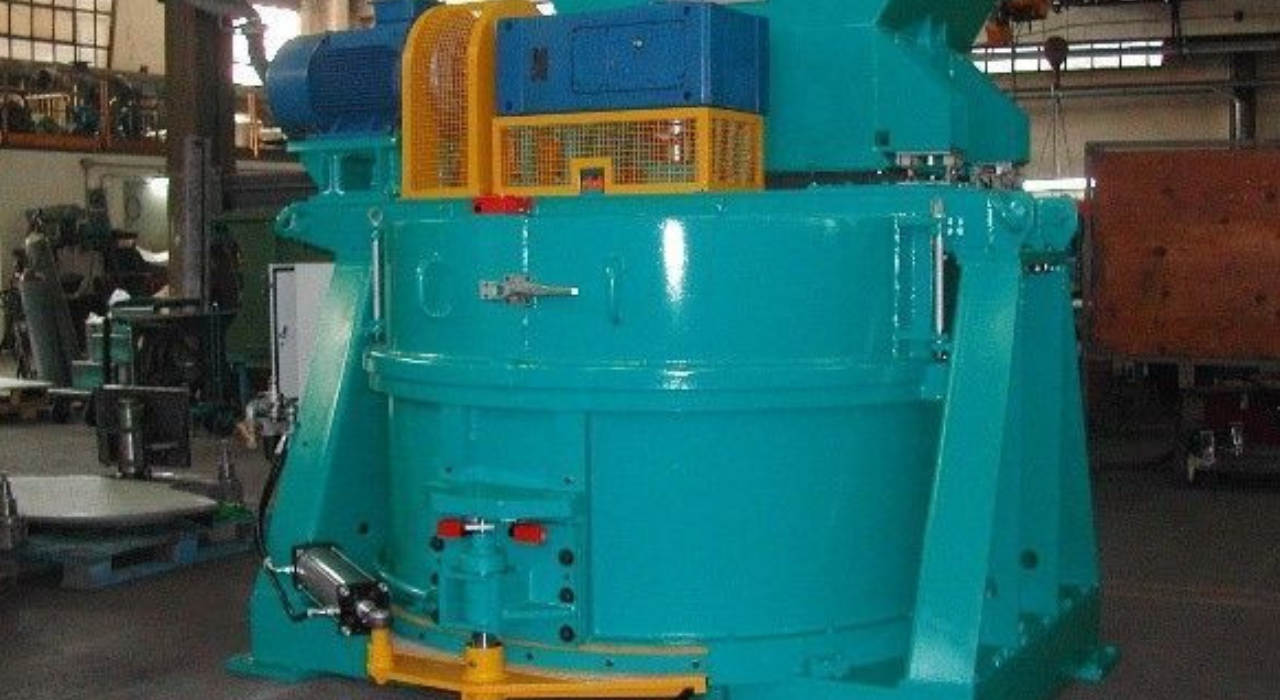Automated sand molding machines address a huge headway in foundry innovation, computerizing the most common way of making molds for metal projects. They operate on superior ideas of robotics and PC numerical management (CNC), enabling unique control over each level of the molding method, from sand preparation to mold creation. These machines can manage numerous varieties of molds, which include complicated geometries and large-scale productions, thereby catering to numerous business needs.
The operation of automated sand molding machines begins with the guidance of sand, which is critical for achieving mold perfection. These machines integrate sand blending and molding approaches seamlessly, ensuring consistency and reliability in mold formation. Superior sensors and programmable good judgment controllers monitor and alter parameters inclusive of sand composition, temperature, and strain, optimizing mold quality at the same time and minimizing material waste.
Automatic sand molding machines are designed with energy efficiency in mind. To ensure uniform density and precise mold dimensions, the automatic sand molding machine uses automated processes to compact sand throughout the sample during the molding process. This mechanization reduces reliance on guided exertions, casting off repetitive duties and related human mistakes. The result is molds that meet stringent standards with higher repeatability, which is important for industries demanding excessive precision and reliability in solid components.
How Does Automation In Sand Molding Machines Impact The Flexibility Of Production Scheduling?
Automation in sand molding machines substantially enhances the ability of manufacturing scheduling with the aid of decreasing setup times and allowing fast changeovers between extraordinary casting designs. Superior management structures and robot coping permit seamless modifications in production parameters, together with mold dimensions and center placements, facilitating short transitions between various casting necessities. This adaptability guarantees that foundries can respond promptly to patron demands for varying quantities and forms of castings without compromising on production efficiency or high quality.
Automatic Sand Molding Machines: Enhancing Sustainability in Foundries
Within the realm of current foundry operations, the shift toward automation has not only most effectively revolutionized manufacturing performance but has additionally extensively contributed to sustainability goals through waste reduction and greater recycling efforts. Automatic sand molding machines stand at the vanguard of this change, gambling a pivotal position in minimizing waste and maximizing useful resource usage inside foundry tactics.
Optimized Material Usage
Traditional foundry operations frequently involve significant material waste because of manual handling and imprecise molding strategies. automated sand molding machines, prepared with advanced technology and particular control structures, reduce cloth consumption by making sure of the correct sand allocation for every mold. This precision now not only reduces raw material waste but additionally optimizes the use of sand components and binders, enhancing overall resource performance.
Reduced Energy Consumption
Energy performance is an important concern for sustainable foundry practices. Automatic molding machines are designed to operate with excessive energy performance standards. They include capabilities that include power-saving cars, optimized heating and cooling structures, and smart procedure control algorithms. By reducing energy intake in step with casting production, these machines contribute to decreasing carbon footprints and operational costs, aligning with environmental stewardship targets.
Enhanced Recycling Capabilities
One of the significant contributions of automated sand molding machines to sustainability lies in their capability to facilitate recycling inside the foundry surroundings. These machines permit the efficient reclamation of sand used in the molding process via superior sand conditioning and reclamation systems. By setting apart and doing away with contaminants from used sand, foundries can recycle and reuse a widespread component of their sand inventory, decreasing reliance on clean sand inputs and minimizing waste disposal volumes.
Minimized Scrap and Defect Rates
Precision molding provided by using automated machines substantially reduces casting defects and scrap prices as compared to standard strategies. The capacity to continually produce superb molds results in fewer rejected castings and remodeling necessities. This now not only complements productivity but additionally reduces material losses associated with faulty manufacturing, further supporting sustainable production practices.
Environmental Compliance and Safety
Automated sand molding machines contribute to progress in environmental compliance and workplace protection within foundries. By automating repetitive and physically demanding responsibilities, those machines mitigate employee exposure to unsafe situations and ergonomic dangers. Moreover, their included control systems ensure adherence to environmental rules by minimizing emissions and optimizing procedure parameters for minimum environmental impact.
Lifecycle Assessment Benefits
Incorporating automatic sand molding machines into foundry operations aligns with comprehensive lifecycle checks (LCAs) that compare the environmental effects of products from uncooked cloth extraction to cease-of-life disposal. Those machines enhance the general sustainability profile of cast steel merchandise by lowering their environmental footprint across the production lifecycle, making them a favored preference for environmentally conscious industries and consumers.
Sum Up
Automated sand molding machines represent a cornerstone of sustainable practices in current foundry operations. Their technological advancements no longer only enhance productiveness and product greatness but additionally contribute substantially to waste reduction, strength efficiency, and conservation. By integrating these machines into production procedures, foundries can acquire operational excellence while advancing environmental stewardship goals. Embracing automation in sand molding isn't just a step towards performance; it is a stride towards sustainable manufacturing practices that benefit both enterprises and the environment.


